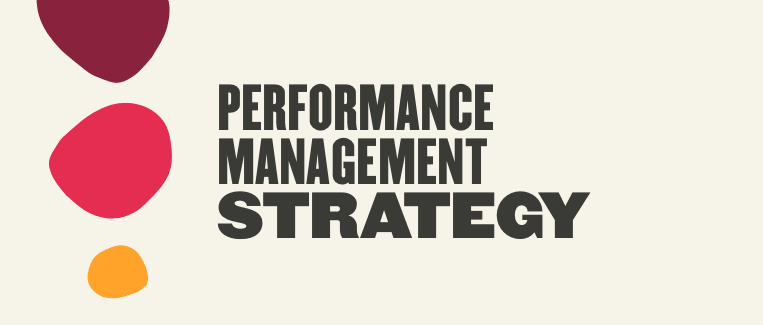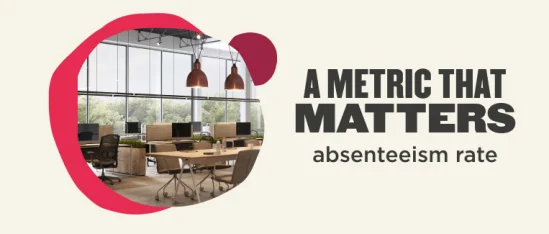Performance management strategy for HR leaders
Performance reviews of the past were traditionally limited to a once-per-year appraisal where employees were judged according to past performance. With end-of-year reviews often tied to financial bonuses, promotions, or other incentives, this model was found to cause anxiety and…













